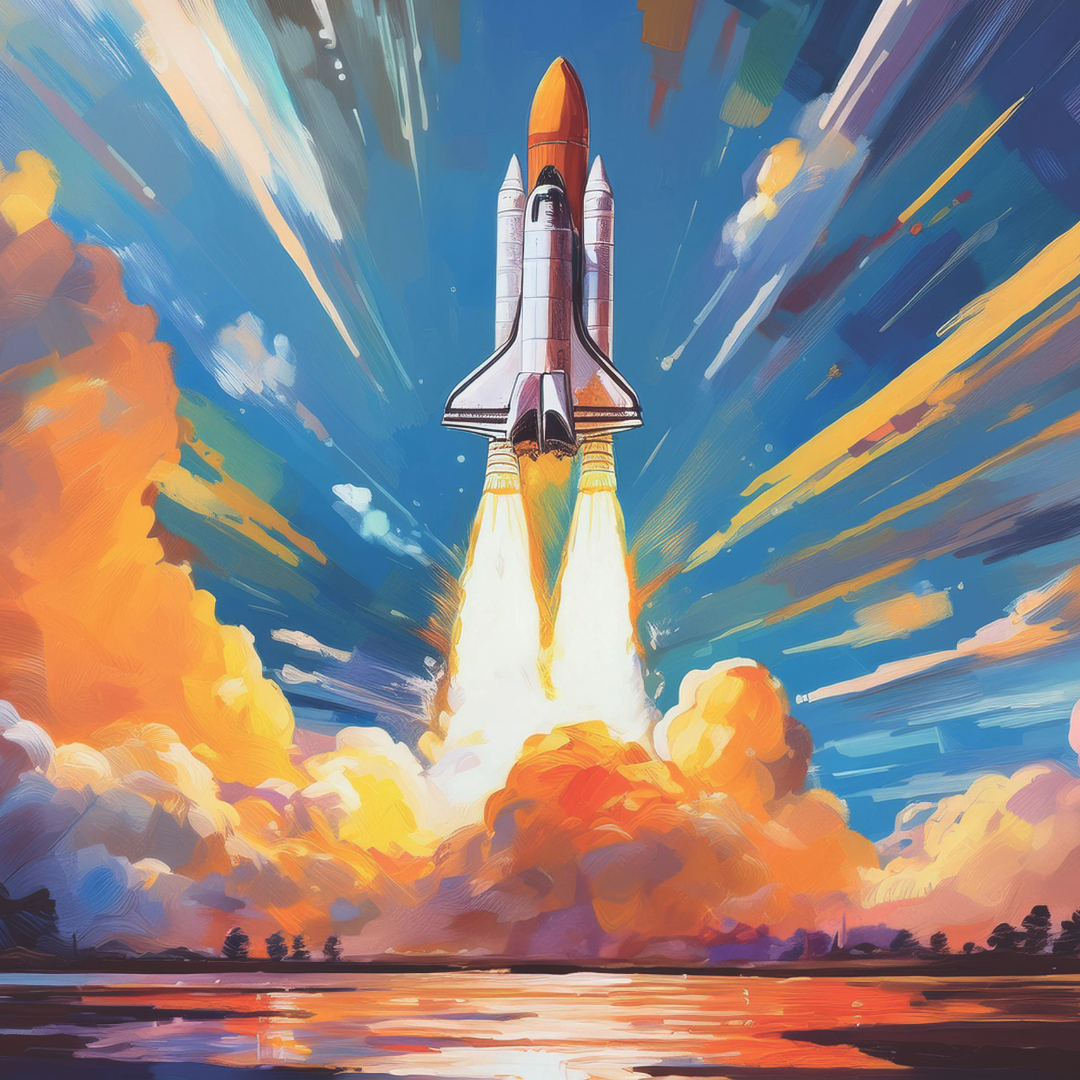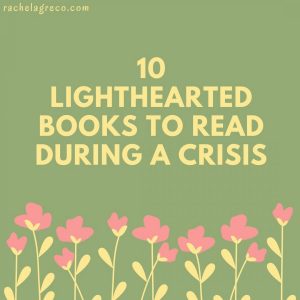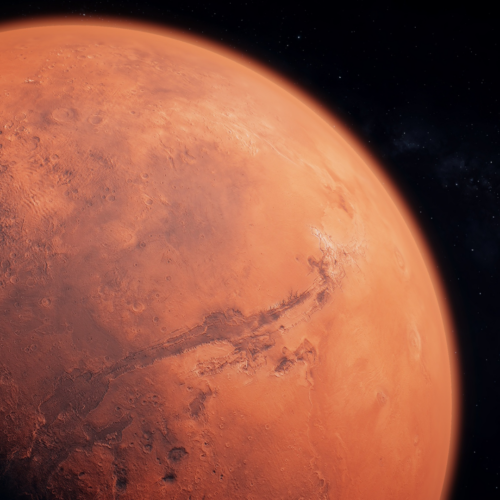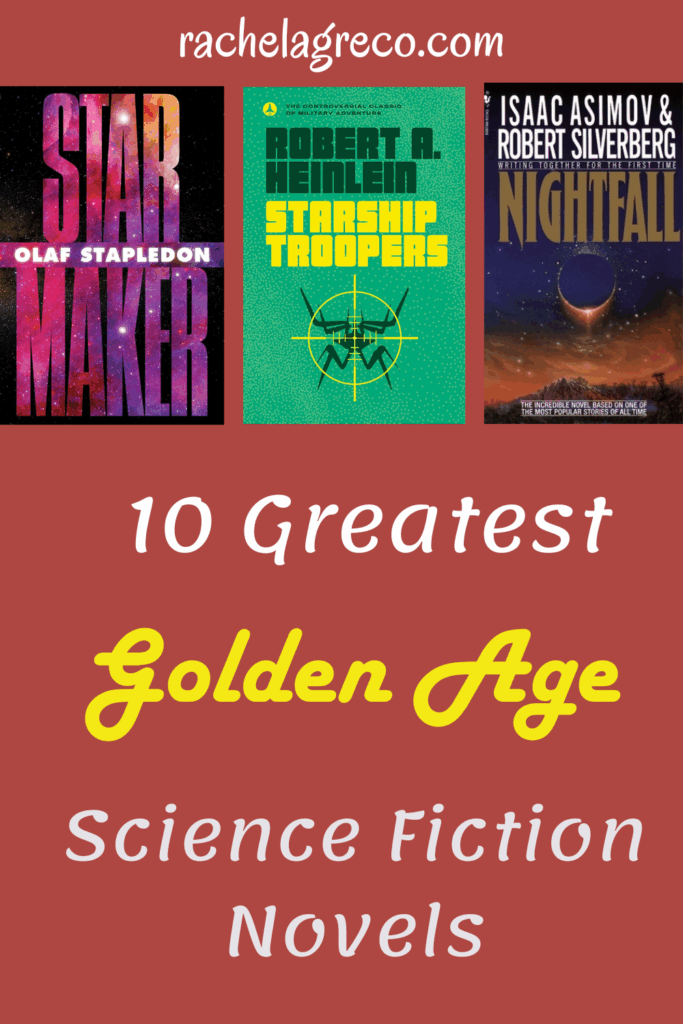
Enjoy this guest post from E. S. Foster about the Golden Age of science fiction from about the 1930s-1960s.
Some of the greatest works of science fiction come from the genre’s aptly named Golden Age. This period not only marked when the genre became popular in mainstream literature, but it was also when science fiction clearly defined a lot of the conventions it uses today. Some of the biggest authors of the time, including Arthur C. Clarke, Isaac Asimov, and Robert A. Heinlein, established many of the rules of sci-fi writing and used the genre to talk about a lot of issues that were important at the time.
But what if you haven’t read much Golden Age sci-fi and you don’t know how to get started? I suggest first looking up the books that are arguably the most important. Here are ten Golden Age science fiction novels that you need to know about.
Not a huge fan of sci-fi? Check out these 25 sci-fi books for people who don’t like science.

The Martian Chronicles by Ray Bradbury
The first book on this list technically doesn’t count as a novel, but as it’s considered a classic within the Golden Age, it was too important not to share. Ray Bradbury’s The Martian Chronicles is a short story collection published in 1950 and made up of several stories, including the well-known “There Will Come Soft Rains.” All the stories work to create a single narrative about the people of Earth first traveling to Mars, colonizing the planet and settling there, and eventually abandoning it during a devastating nuclear war on Earth.
This book also delves into several different issues that Bradbury wanted to address. The first story takes place right after World War II, and Bradbury makes a point of explaining throughout how the U.S. runs the risk of nuclear war. In Bradbury’s opinion, our focus on technology encourages an event like this to eventually happen. He also includes specific stories that target specific issues, such as racism in “Way in the Middle of the Air” and religion in “—And the Moon Be Still as Bright.” Each story might be worth reading on its own, but the book itself remains essential.
Want to travel beyond Earth or Mars? Check out these 20 sci-fi books set on other planets.

A Canticle for Leibowitz by Walter M. Miller Junior
Science fiction isn’t a stranger to examining social issues that were occurring or could occur in the future. That statement might not be truer than in the case of this book. Miller Jr.’s only novel was published in 1959, and it won the Hugo Award in 1961. Often called a social science fiction book, A Canticle for Leibowitz also examines a possible nuclear war. In the story, this nuclear war causes humanity to reassess its priorities. To avoid developing nuclear weapons in the future, society decides to “simplify” its knowledge. However, the main character, Isaac Leibowitz, collects knowledge of the sciences and founds a Catholic order in the American Southwest desert. This eventually leads to his martyrdom. But as thousands of years pass, humanity works to redevelop civilization after the war.
The book specifically examines religious issues such as the separation of Church and State. It also offered a timely view of what the world experienced after World War II. With the rise of nuclear and atomic energy as well as the beginning of the Cold War, the book offered up a warning. To be honest, it still does today.
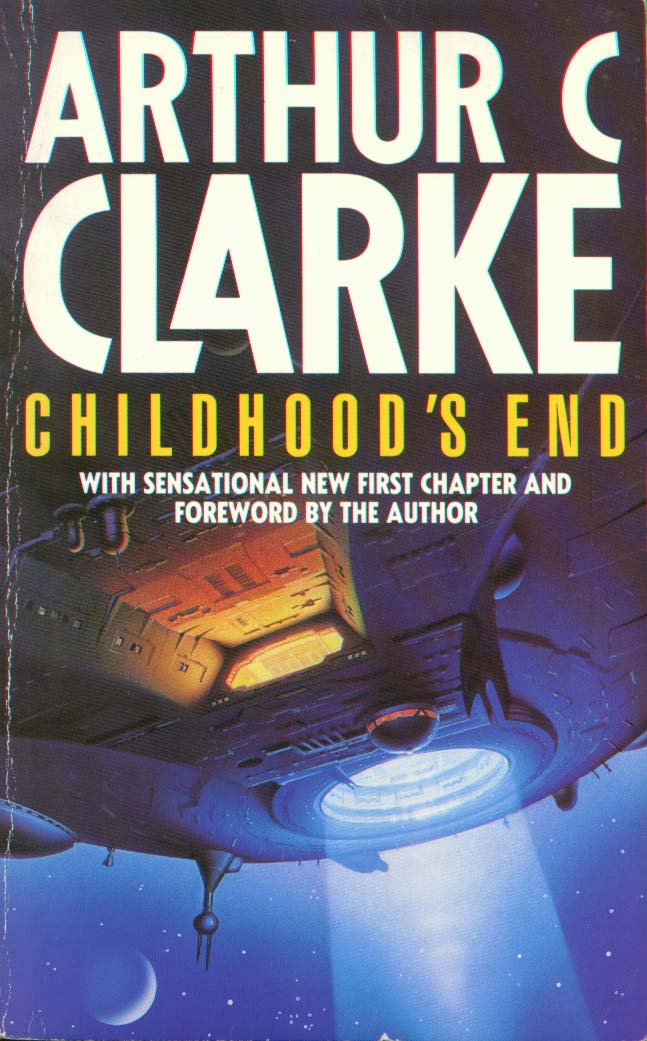
Childhood’s End by Arthur C. Clarke
Author Arthur C. Clarke belongs to the “Big Three” in the science fiction world. He might best be known for his book 2001, which also appeared as a movie in 1968. However, this book bears the classic hallmarks of the Golden Age. Clarke also called it his favorite novel, to which critics agree. The story follows humanity as a race of powerful aliens called the Overlords, who suddenly appear one day to take control of Earth. However, they do so with benign intent. They let the people of Earth continue living as they were, despite taking over every government. This comes at the expense of humanity’s identity, even though they are now prosperous.
Like many of Arthur C. Clarke’s works, the book examines themes of religion, science, and the nature of humanity, something Golden Age sci-fi books were most known for. Clarke’s interpretation of these themes would also go on to influence dozens more authors in the future, making it an important work to include on this list.
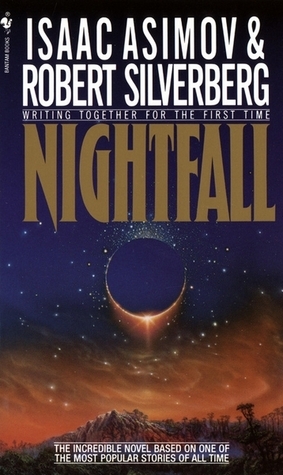
Nightfall by Isaac Asimov and Robert Silverberg
One of Isaac Asimov’s most well-known works also counts as a classic of the Golden Age, but it had much smaller beginnings. Asimov originally published Nightfall as a novelette of the same name in 1941. He went on to expand it into a novel in 1990. At the time it was published in Astounding Science Fiction, none of the other editors really thought much of the story, but editor John W. Campbell loved it. The story launched Asimov’s career, safe to say.
The story takes place on a planet that’s constantly bright because of six suns. Once every 2,000 years, however, night falls. Researchers at an observatory correlate this to the collapse of previous civilizations, but one journalist remains skeptical. He stakes out the laboratory, where he also encounters a doomsday cult that warns that many “stars” will appear.
The book and the novelette discuss important themes such as religion and the scope of the universe beyond our comprehension. As this was first written at the beginning of the Golden Age, it entered into a territory sci-fi had only just begun to explore, making it essential reading for anyone wanting to dive into science fiction.
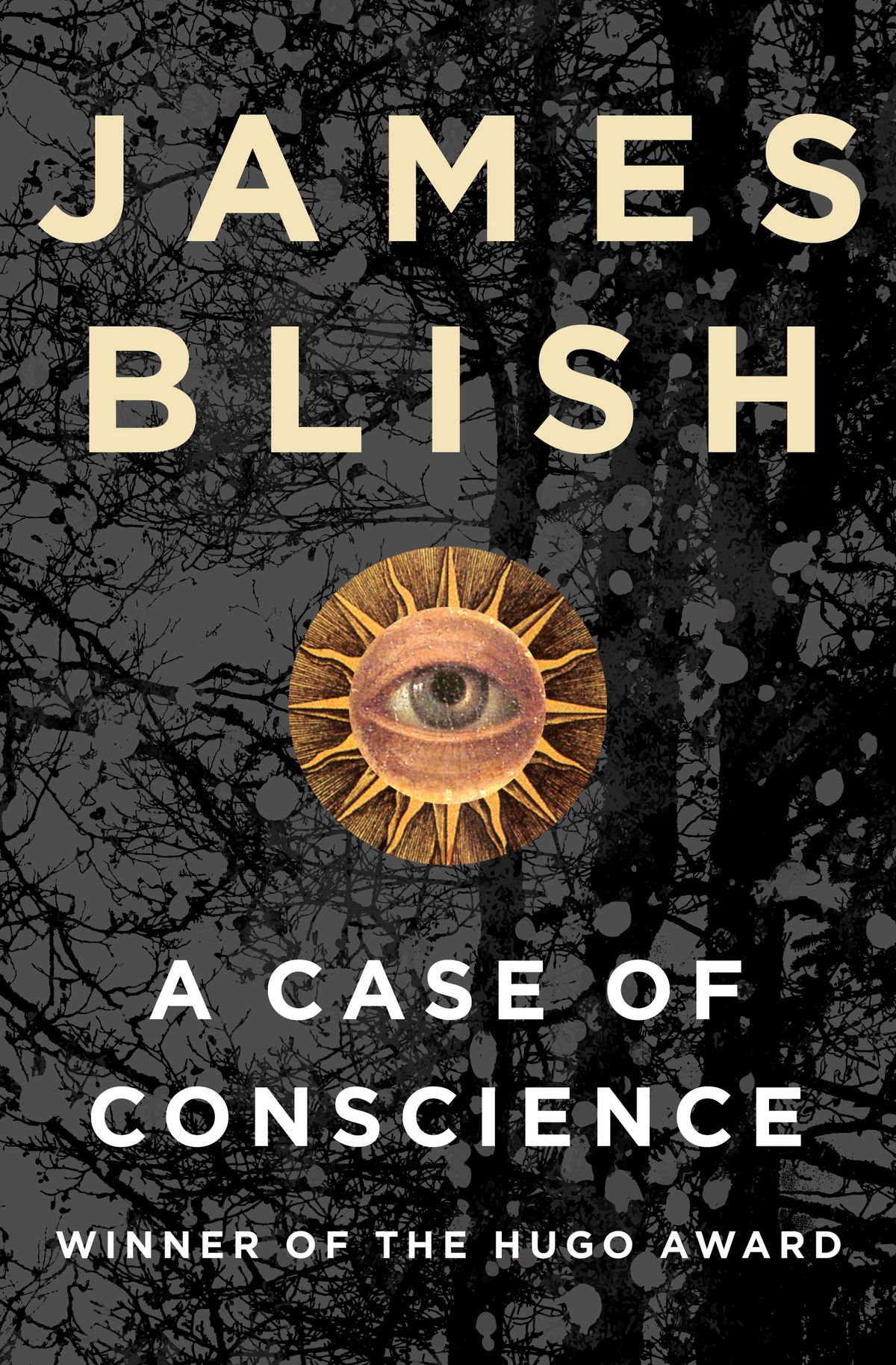
Case of Conscience by James Blish
Another classic of the Golden Age, James Blish’s A Case of Conscience is probably his most famous work. What started out as a novella in 1953 became the first book in his After Such Knowledge trilogy. Like Walter M. Miller, Jr.’s A Canticle for Leibowitz, the book examines Catholicism within science fiction. At the time, this wasn’t too common (Miller Jr.’s book focuses more on Church and State with Catholic characters and not actual Catholicism). So it marked another foray into what Golden Age science fiction would become known for.
The story follows a Jesuit priest who interacts with an alien race that does not have religion. Despite this, the alien race exhibits morality, which the priest struggles to understand in light of the teachings he’s observed. This book, in particular, remains important to the Golden Age because of how it blazed a trail for other works of sci-fi. It also remains a pivotal work of science fiction that specifically talks about religion in its work, setting the tone for other books that would do the same in the future.
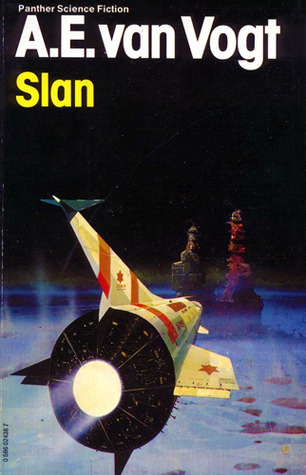
Slan by A.E. van Vogt
Another iconic author of the Golden Age of sci-fi is Canadian author A. E. van Vogt, though his writing style was tested by critics over the decades. His novel Slan might be considered his best and most well-known novel, however. Van Vogt originally serialized the story in 1940. He published it as a full novel in 1946. It eventually won the Retro Hugo in 2016. In the story, a fictional psychic race called Slans exists, but their human leader wants to lead a genocide against them.
Today, the story continues to enjoy a beloved fanbase. It also remains van Vogt’s best-known novel. But its most significant aspect includes the examination of advanced humans, something not really seen in sci-fi at the time. This idea set a precedent for more Golden Age books in the same vein in the coming decades.
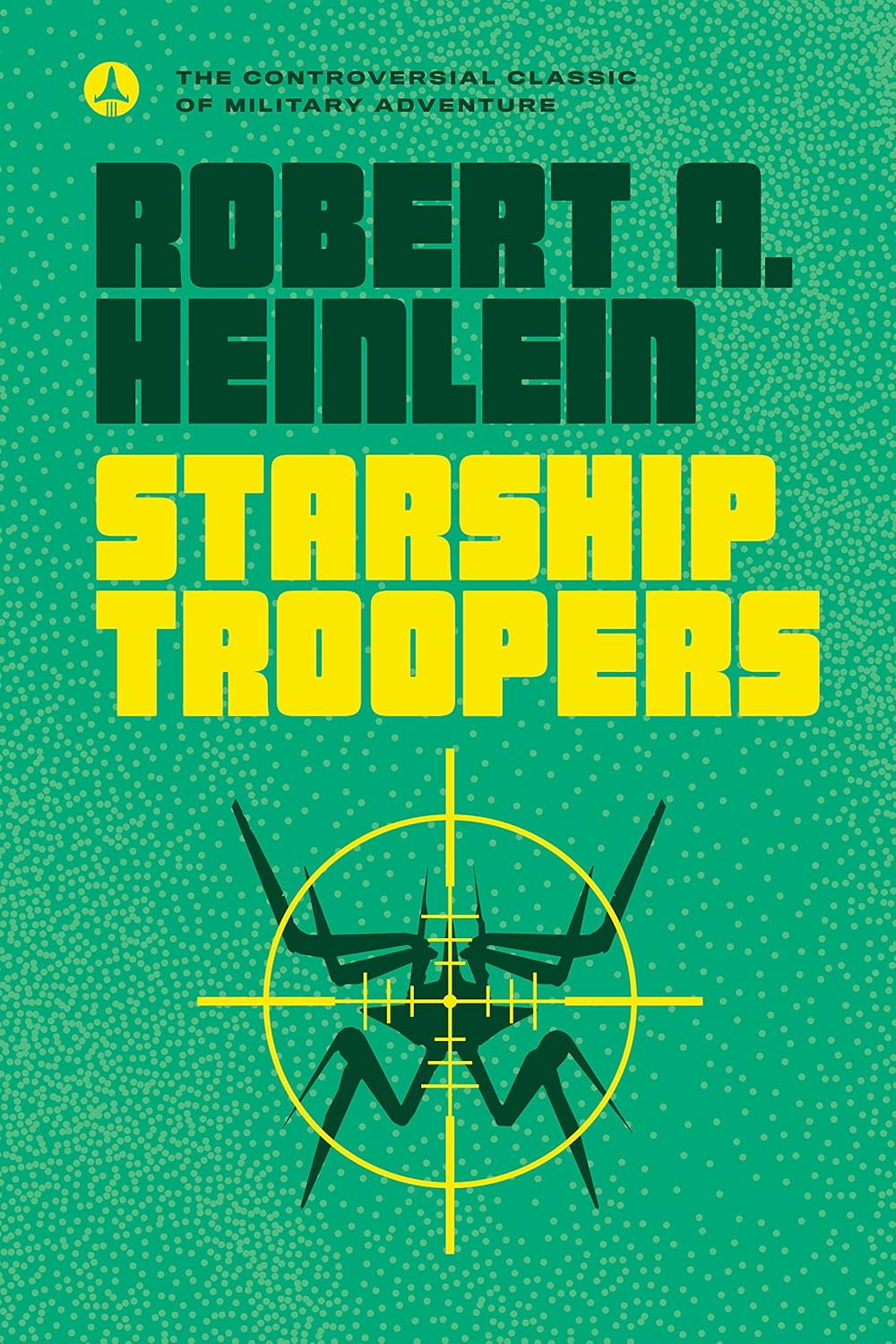
Starship Troopers by Robert A. Heinlein
Robert A. Heinlein also remains part of sci-fi’s Big Three, and this novel might be his best-known. The 1997 movie certainly helps people recognize it. Like Ray Bradbury, Heinlein saw the rise of the Cold War and the end of World War II and knew that militarism needed to be discussed. Heinlein published this book in 1959 after hearing that the US had suspended nuclear testing. The book follows Juan “Johnny” Rico, a young Filipino man who becomes an officer in the military. Humans continue to fight an interstellar war against bug-like aliens called “Arachnids.”
The different moral and philosophical themes that Heinlein included became the most important aspect of the book itself. It represented the different trends present in the latter part of Golden Age science fiction, such as a focus on political ideology.
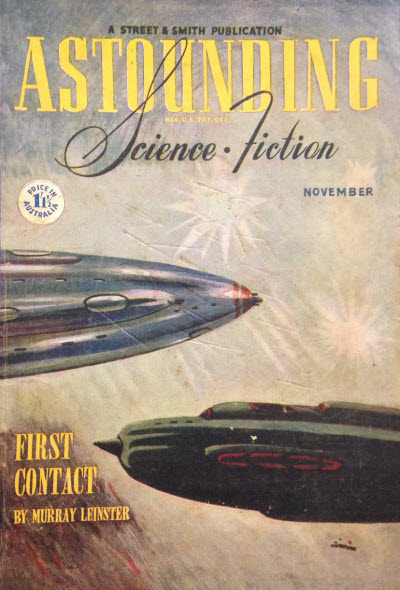
First Contact by Murray Leinster
Author Murray Leinster might have written over 1,500 short stories, but it’s with this novel that he truly created groundbreaking science fiction, especially for the Golden Age. Leinster’s novel First Contact, a novelette published in 1945, follows two alien species who attempt first contact.
This book might be one of the most important on this list for good reason. It contained many “firsts” within sci-fi that made the Golden Age so golden. This book includes the first instance of “first contact” to begin with, setting a huge precedent for science fiction novels to come.
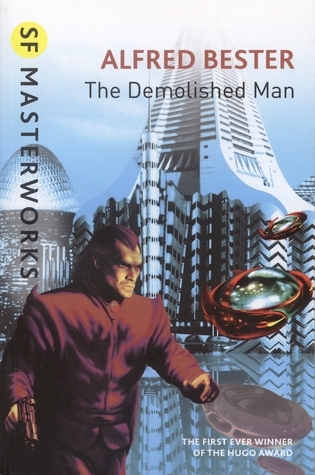
The Demolished Man by Alfred Bester
This book stands out from the rest in that it’s also a police detective story. Alfred Bester’s The Demolished Man won the first Hugo Award in 1953. In the book, telepathic people called Espers are the heads of society. One man, Ben Reich, also struggles to maintain the cartel that belongs to his family.
Today, critics and readers alike consider this book one of the best science fiction novels of all time. This, of course, includes the Golden Age. It makes this book a must-read for anyone looking to begin reading science fiction.

Star Maker by Olaf Stapledon
The last book on this list is also the earliest. Olaf Stapledon published his most celebrated novel in 1937. In the book, a man suddenly undergoes an out-of-body experience while standing in his yard. He travels as a psychic entity to several different planets, examining the beginning stages of several different alien species. Eventually, he experiences time travel and even glimpses the multiverse. The entire time, he searches for the possible creator of all, the one he names the Star Maker.
This book kick-started tons of concepts that were entirely new to sci-fi at the time. For one, sci-fi hadn’t yet explored the multiverse, but now it’s an indelible aspect of the genre. It could also be argued that Star Maker helped kick off the Golden Age of sci-fi, making it the most important work to cap off this list.
Have you read any of these books? If not, which one will you add to your TBR?
About E.S. Foster
E. S. Foster is a writer, blogger, and PhD student. Her work has appeared in Alien Dimensions, MetaStellar, Sci-fi Shorts, Antipodean SF, and is forthcoming in Altered Reality. She’s also an editor and book reviewer for MetaStellar and first reader for Utopia Science Fiction, Uncharted, and Orion’s Belt.
Besides blogging about sci-fi and fantasy, she’s also a sci-fi and fantasy editor and book coach. Check out her blog Foster Your Writing. She has some great book reviews, fun fantasy/sci-fi book lists, and helpful writing posts.
